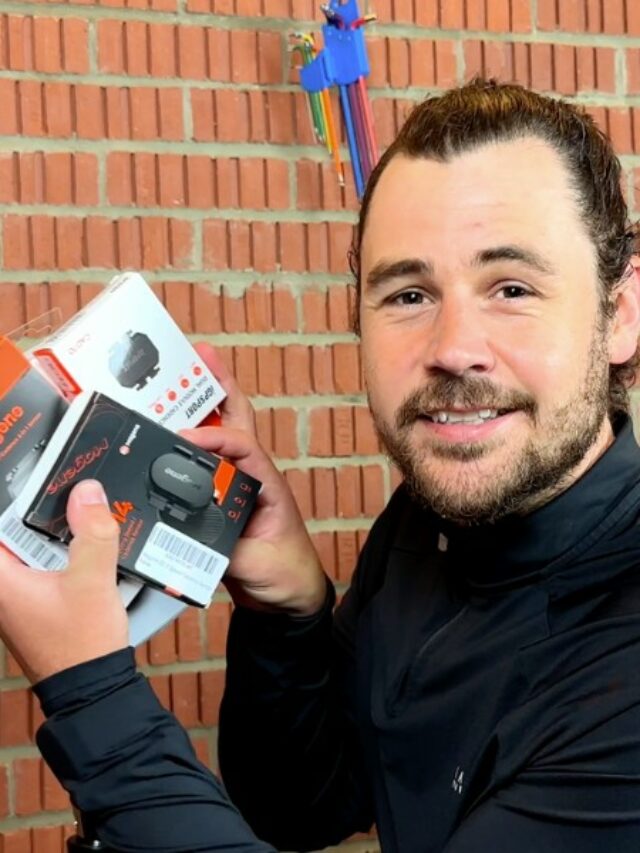
CPT & Indoor Cycling Instructor
Here at Girl
The speed you ride the
- Defining Speed On A Stationary
Bike - Is There An Actual Good Speed On A Stationary Or Spin
Bike ? - How Fast Is Too Fast On A Spinning
Bike ? - Is There Any Difference Between Indoor And Outdoor Bikes Regarding Speed?
Defining Speed On A Stationary Bike
Speed on a stationary
The faster you spin the pedals, the higher the speed will be, and for the majority of bikes, the resistance won’t matter. This means for 100 RPM cadence, you might see 20mph. It ultimately comes down to the cadence, commonly known as RPM.
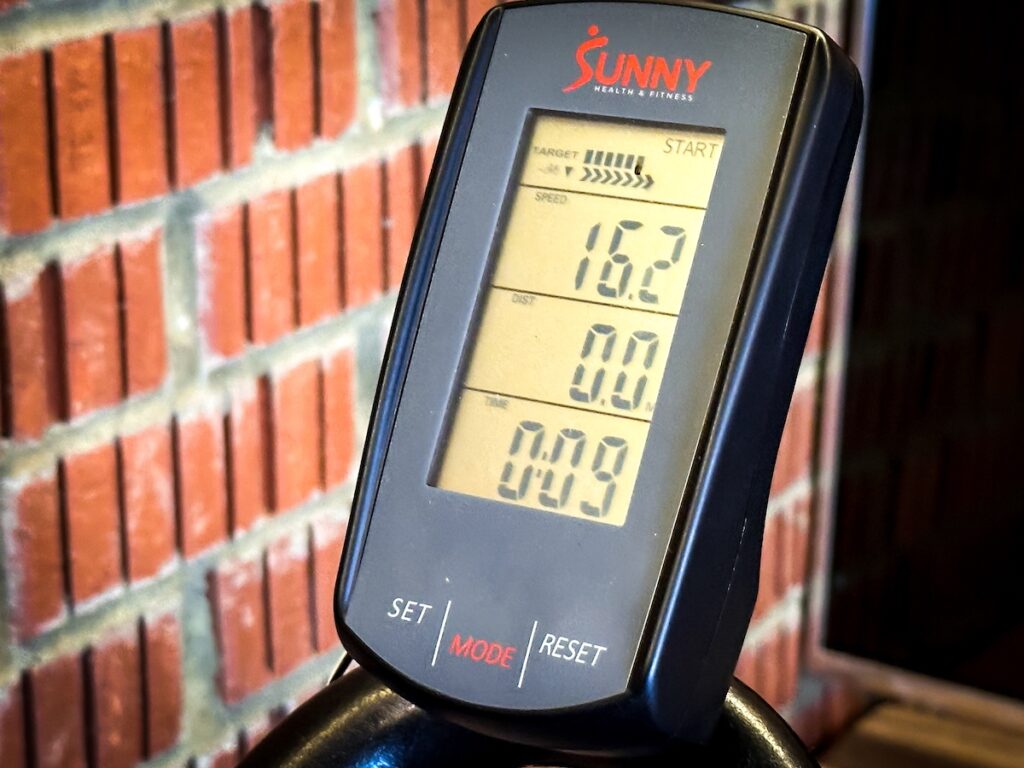
In this article, we will be discussing speed much more in-depth, and that will come down to us speaking about cadence as this governs the speed on bikes unless you have a power meter-based
A general rule for speed is cadence divided by 5 for mph speed. For example, 80 RPM would be 16 miles per hour, and 100 RPM would be 20 miles per hour.
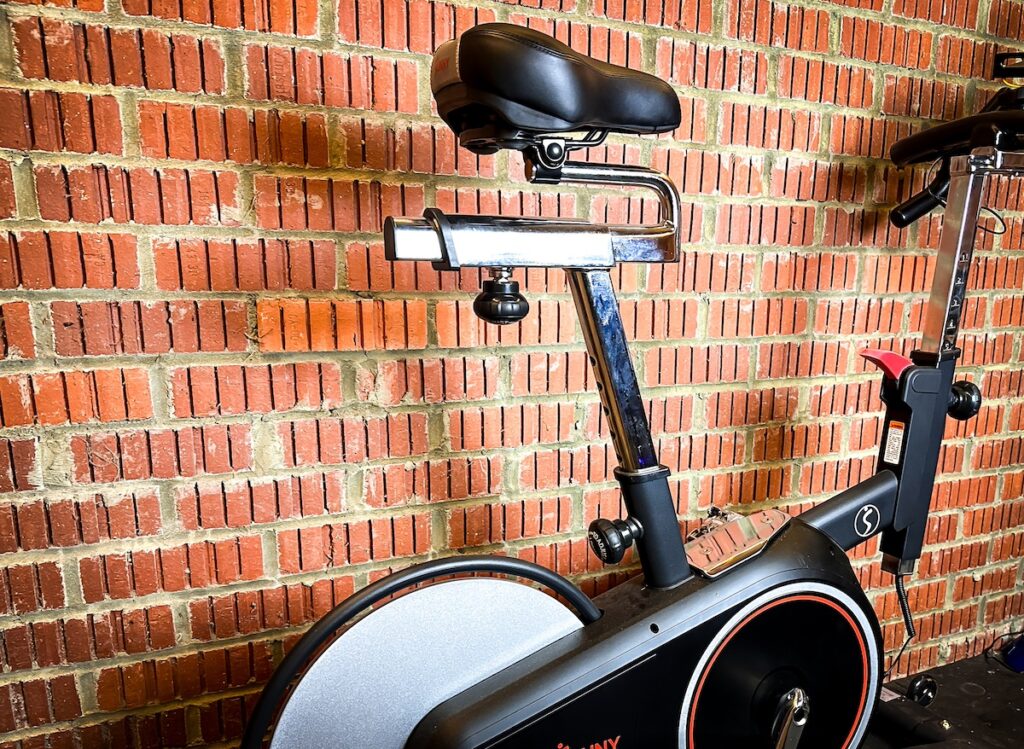
Is There An Actual Good Speed On A Stationary Or Spin Bike ?
Speeds typically range from 50 RPM all the way up to 120 RPM when you are riding a stationary
50 – 60 RPM / 10 -12 mph
Perfect for a warm-up and cool-down. At this speed, with light resistance, you will be able to build up the muscles ready to work or cool them down after a heavy workout. At heavy resistance, it is amazing for building up lots of muscle strength.
60 – 80 RPM / 12 -16 mph
60 – 80 RPM can be used in two different ways. It will be a good cardiovascular workout if seated with moderate resistance. Heavy resistance, either sitting or standing, can help you build strength in your legs quickly.
80 – 100 RPM / 16 -20 mph
Now we come to 80 – 100 RPM. If you have moderate resistance, this is a great place to be for a cardiovascular workout, which, by keeping the legs spinning quickly, will work you and reduce fatigue. At heavy resistance, it will be perfect for building endurance and technique.
100 – 120 RPM / 20 – 24 mph
Above 100 RPM is high-speed spinning. Here, you are working very fast, and you will need a lot of core strength to stay in control and a high heart rate to keep up the pace, even with low resistance. It is a great place to be for practicing sprints or intervals.
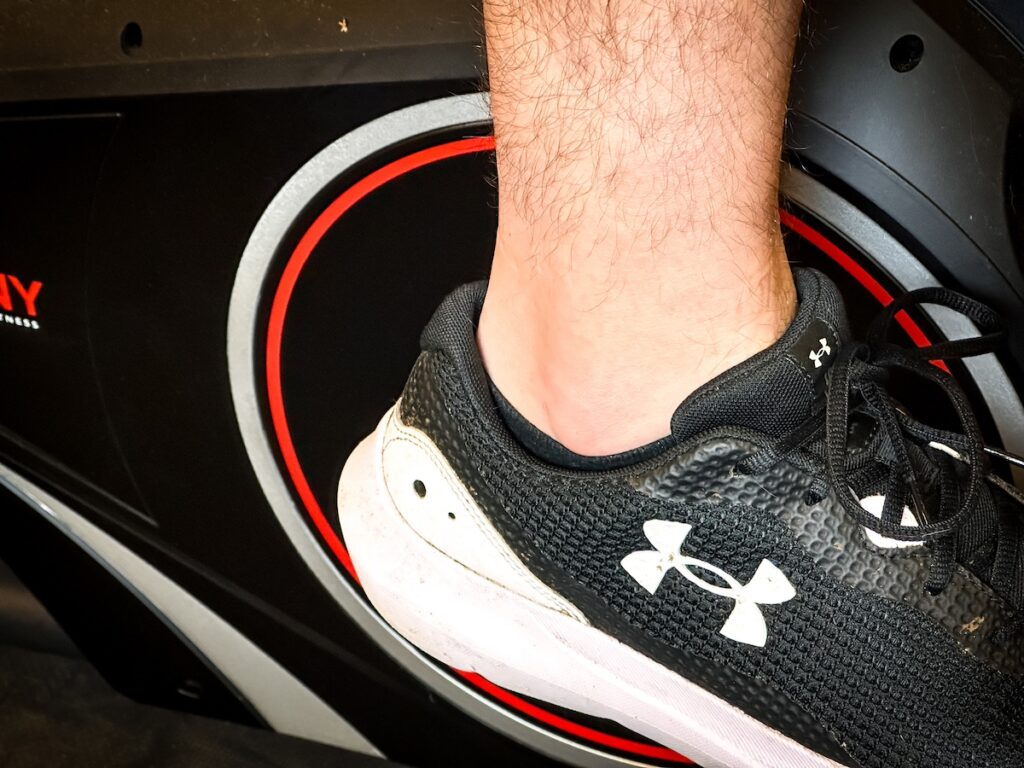
How Fast Is Too Fast On A Spinning Bike ?
When it comes to spinning, it’s not all about speed. It’s more about the resistance that is applied. Spinning your legs at high speed and low resistance could burn 400 calories an hour. Spinning your legs at low speed and high resistance could burn 600 calories per hour.
The key to good spinning is mixing resistance and speed together. The official equation for cycling power is Torque X Cadence = Power. The quicker you can turn your legs (Cadence) and the more resistance (Torque) you can apply, the harder you’re working.
Is It More Important To Go Fast Or Have Resistance On?
As a cycling instructor, it’s best to have a mix of both, but essentially, the resistance is more important for working hard, providing you’re working between 50 and 120 RPM. If there’s no resistance, you’re not able to work hard.
Using a wide range of different cadences in a session can help you build low-down power and the ability to sprint. All of these speeds can help your cycling efficiency grow and help you become better on the
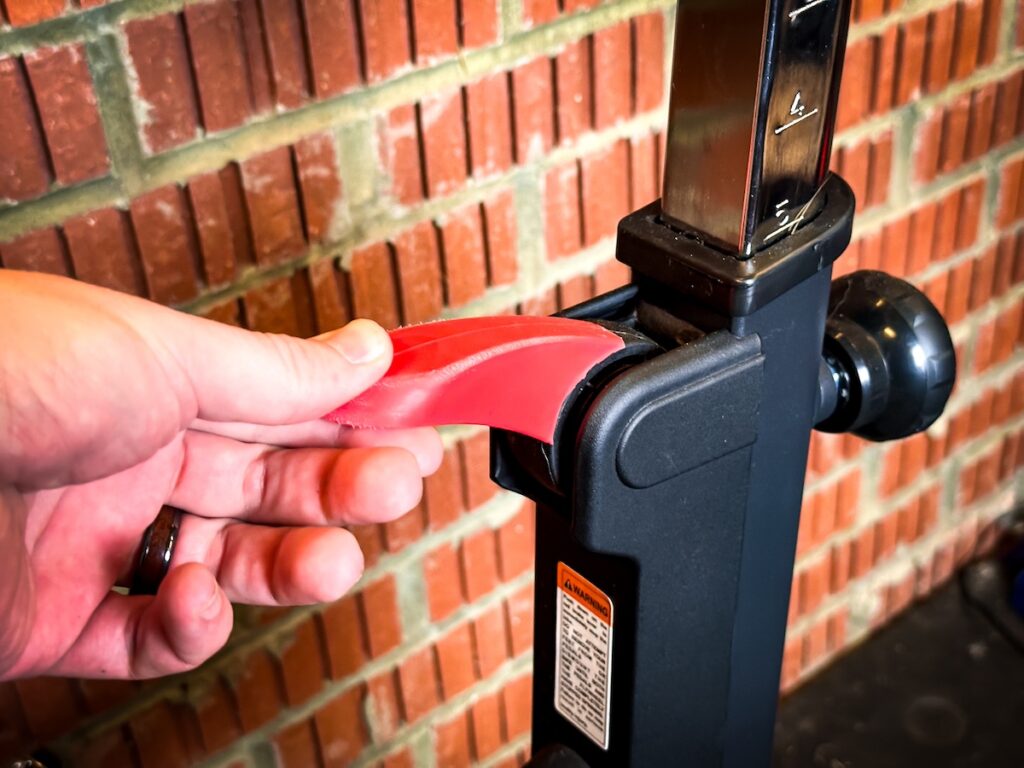
Is There Any Difference Between Indoor And Outdoor Bikes Regarding Speed?
When it comes to the difference between indoor bikes and outdoor bikes and speed, it’s huge. On an indoor
An indoor
Riding a
You are much better at judging your workouts off power or heart rate. This is a much more accurate measure of intensity and is much easier to train with.
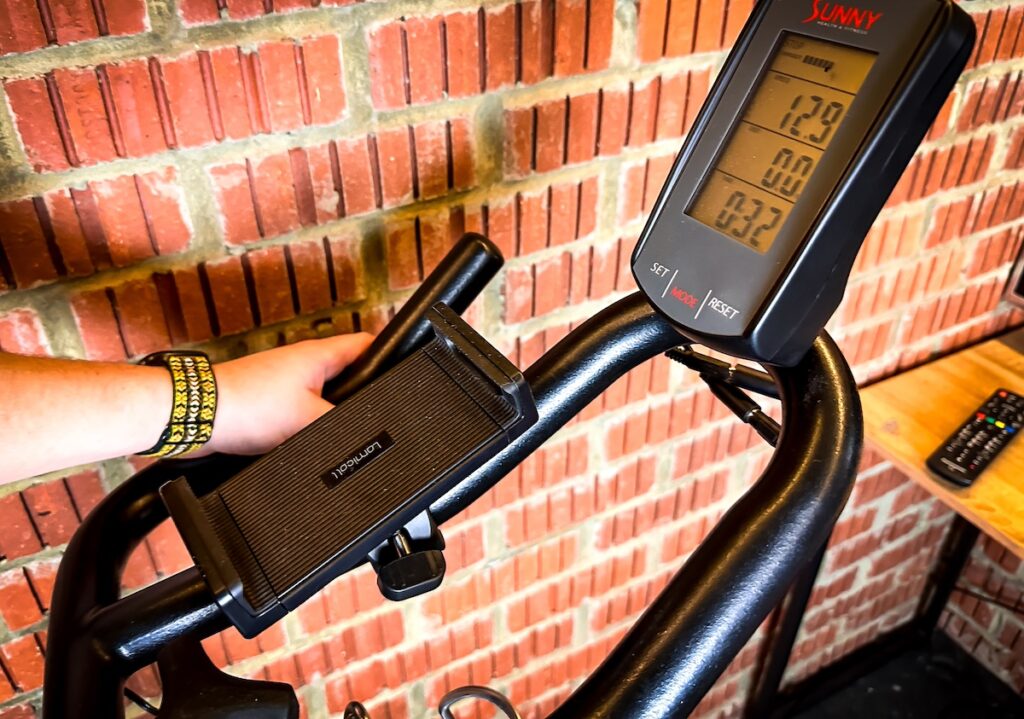
A Final Thought
Knowing what different speeds will do when riding an indoor
